

Articles
When To Plant A Garden In Ohio
Modified: October 20, 2024
Discover the best time to start your gardening journey in Ohio. Find out when to plant a garden and maximize your success with tips and advice from experts.
(Many of the links in this article redirect to a specific reviewed product. Your purchase of these products through affiliate links helps to generate commission for Storables.com, at no extra cost. Learn more)
Introduction
Welcome to the world of gardening in Ohio! Whether you are a seasoned gardener or a beginner, Ohio offers a wealth of opportunities to cultivate a beautiful and thriving garden. From stunning flower beds to bountiful vegetable patches, the possibilities are endless.
Ohio’s diverse climate and growing zones make it an ideal location for a wide range of plants. However, to ensure success, it is crucial to understand the right timing for planting in this region. By selecting the appropriate dates and taking into account various factors, you can maximize your garden’s potential and reap the rewards.
In this article, we will explore the optimal planting times for different crops in Ohio, as well as provide essential tips to help you achieve a flourishing garden. So put on your gardening gloves, grab your tools, and let’s get started on this green-thumb adventure!
Key Takeaways:
- Ohio’s diverse climate and growing zones make it an ideal location for a wide variety of plants, offering endless opportunities for both seasoned and beginner gardeners to cultivate thriving gardens.
- Choosing the right timing for planting is crucial in Ohio’s fluctuating climate, ensuring the best chance for healthy growth and abundant harvests. Understanding ideal planting dates and local conditions is key to success.
Read more: When To Plant Mums In Ohio
Climate and Growing Zone in Ohio
Ohio experiences a varied climate, with four distinct seasons that greatly impact the success of your garden. Understanding these climate patterns will help you choose the right plants and determine the optimal timing for planting.
The state can be divided into three distinct growing zones: Zone 5, Zone 6, and Zone 7. Zone 5 covers the northern parts of Ohio, Zone 6 covers the central regions, and Zone 7 covers the southern parts of the state.
Each zone has different average frost dates, which play a crucial role in determining when to plant. In Zone 5, the average last frost date is around mid-May, while the first frost typically occurs in mid-October. In Zone 6, the last frost date is in late April or early May, while the first frost arrives in late September or early October. In Zone 7, the last frost date is in mid-April, and the first frost appears in early to mid-October.
The temperature range also varies across the state. In the summer, average high temperatures range from the mid-70s to mid-80s Fahrenheit (24-30 degrees Celsius), while winter temperatures can drop to the low 20s to mid-30s Fahrenheit (around -4 to 1 degree Celsius). Rainfall is generally evenly distributed throughout the year, with an average of 36 to 40 inches annually.
These climate conditions provide a favorable environment for a wide variety of plants, including both cool-season and warm-season crops. It also enables gardeners to enjoy the beauty of flowers, shrubs, and trees throughout the year.
Now that we understand the climate and growing zones in Ohio, let’s dive into the importance of choosing the right timing for planting.
The Importance of Choosing the Right Timing
Timing is everything in gardening, especially in a region like Ohio with its fluctuating climate. Choosing the right timing for planting is crucial for the success of your garden and the overall health of your plants.
Planting too early can expose tender seedlings to frost or cold temperatures, stunting their growth or even killing them. On the other hand, planting too late can result in a shortened growing season, reducing the productivity of your crops or delaying the blooming of your flowers.
By understanding the optimal planting dates for different crops and taking into account the growing zones and climate in Ohio, you can ensure that your plants have the best chance of thriving and producing a bountiful harvest.
One important aspect to consider when determining the right timing is the soil temperature. Seeds and seedlings require specific soil temperatures to germinate and establish themselves successfully. Planting too early when the soil is still cold can lead to poor germination rates, while planting too late may result in inadequate root development.
Another factor to consider is the daylight hours. Plants have different requirements for sunlight and length of day depending on their growth habits. Some plants, such as cool-season crops like radishes and lettuce, prefer cooler temperatures and shorter daylight hours, while warm-season crops like tomatoes and peppers thrive in warmer temperatures and longer daylight hours. Understanding these specific needs will help you determine the optimal planting window for each type of plant.
Additionally, it’s important to consider the local weather patterns and forecast. Keep an eye on the extended weather forecast to ensure that you time your planting when there are no extreme temperature fluctuations or heavy rainfall predicted, as these conditions can negatively impact plant growth.
By carefully selecting the right timing for planting, you give your garden a head start and set the foundation for healthy growth and abundant harvests. Now that we recognize the significance of timing, let’s delve into the factors to consider before planting.
Factors to Consider Before Planting
Before you start planting your garden in Ohio, there are several factors you should consider to ensure optimal growth and success. These factors will help you make informed decisions about which plants to choose and how to prepare your garden.
1. Soil Quality: Assessing your soil is vital for a thriving garden. Conduct a soil test to determine its pH level and nutrient content. Based on the results, you may need to amend the soil by adding organic matter, compost, or fertilizer to create a nutrient-rich environment for your plants.
2. Sunlight: Understanding the sunlight patterns in your garden is essential. Observe how much direct sunlight your garden receives throughout the day. Most vegetables and flowering plants require at least 6 hours of direct sunlight to thrive, so choose your garden’s location accordingly.
3. Drainage: Proper drainage is crucial for plant health. Ensure that your garden has adequate drainage to prevent waterlogged soil, which can lead to root rot and other fungal diseases. If your soil has poor drainage, consider raised beds or improving the drainage by adding organic material.
4. Space and Layout: Consider the space available in your garden and plan the layout accordingly. Some plants require more room to grow, while others can be planted closer together. Take into account the mature size of each plant and provide adequate spacing to avoid overcrowding and competition for resources.
5. Pest Control: Identify potential pests in your area and take preventive measures to protect your plants from infestations. This can include using natural deterrents, companion planting, or implementing integrated pest management practices.
6. Watering Needs: Different plants have varying water requirements. Consider the water needs of the plants you intend to grow and plan your watering schedule accordingly. Be mindful of rainfall patterns and adjust your watering routine as needed.
7. Plant Selection: Choose plants that are well-suited to the Ohio climate and growing zones. Consider native plants, as they are adapted to the local conditions and often require less maintenance. Select varieties that are disease-resistant and suitable for the length of your growing season.
By carefully considering these factors, you can set yourself up for a successful and thriving garden in Ohio. Now that you’ve taken these factors into account, let’s explore the ideal planting dates for different crops in Ohio.
The best time to plant a garden in Ohio is typically in late April to early May, after the last frost has passed. This will give your plants the best chance for a successful growing season.
Ideal Planting Dates for Different Crops
Knowing the ideal planting dates for different crops is crucial for a successful garden in Ohio. The following are general guidelines for when to plant common vegetables and herbs:
- Early Spring (March to April): Crops such as peas, spinach, lettuce, radishes, and onions can be planted directly in the garden as soon as the soil is workable and can be easily dug.
- Mid-Spring (April to May): Cool-season crops like beets, carrots, Swiss chard, cabbage, broccoli, and kale can be planted during this time. Ensure the soil has warmed up sufficiently to promote germination.
- Late Spring (May to June): Warm-season crops like tomatoes, peppers, cucumbers, beans, corn, and squash prefer warmer soil and air temperatures. Wait until all danger of frost has passed before planting them.
- Summer (June to July): Herbs like basil, dill, parsley, and cilantro can be planted during the summer months. These annual herbs thrive in warm weather and full sunlight.
- Fall (August to September): For a second growing season, cool-season crops like lettuce, radishes, spinach, and peas can be planted in late summer as the temperatures start to cool down.
Remember that these dates are general guidelines, and local conditions can vary. It’s always a good idea to consult local gardening resources, extension offices, or experienced gardeners for more specific planting dates in your area. Monitoring soil temperatures with a soil thermometer can also help you determine when it’s safe to plant.
By following these ideal planting dates, you can give your crops the best opportunity to grow and thrive. However, keep in mind that gardening is a hands-on learning experience, and some experimentation may be necessary to find the perfect timing for your specific garden.
Now that you have an idea of when to plant different crops, let’s move on to some essential tips for successful garden planting in Ohio.
Read more: When To Plant Grass In Northeast Ohio
Tips for Successful Garden Planting in Ohio
Planting a garden in Ohio can be a rewarding and enjoyable experience. To ensure success, here are some valuable tips to keep in mind:
1. Plan Ahead: Take the time to plan your garden layout, considering the space available, sunlight exposure, and plant compatibility. This will help maximize your garden’s potential and avoid overcrowding.
2. Start Indoors: Some plants, like tomatoes and peppers, benefit from starting indoors before transplanting them into the garden. This gives them a head start and allows for longer growing seasons.
3. Prepare the Soil: Before planting, prepare the soil by removing weeds, loosening it with a garden fork or tiller, and adding organic matter such as compost or well-rotted manure. This will improve soil structure, drainage, and nutrient availability.
4. Follow Spacing Guidelines: Proper spacing between plants is crucial for air circulation, reducing disease risks, and allowing each plant to access adequate nutrients and sunlight. Adhere to spacing guidelines specified for each crop.
5. Mulch: Apply a layer of organic mulch, such as straw or wood chips, around your plants to suppress weeds, retain soil moisture, and regulate soil temperature. This helps conserve water and reduces the need for frequent watering.
6. Water Wisely: Give your plants a good, deep watering rather than frequent shallow watering. This encourages healthy root development and helps plants withstand dry periods. Use soaker hoses or drip irrigation systems to deliver water directly to the soil, minimizing evaporation.
7. Organic Pest Control: Implement organic pest control methods, such as handpicking pests, using companion planting to repel insects, or applying natural pest repellents like neem oil or insecticidal soap. This reduces the impact on beneficial insects and promotes a healthier ecosystem.
8. Regular Maintenance: Stay on top of garden maintenance tasks like pruning, weeding, and fertilizing. Regularly inspect your plants for signs of disease or pest infestation and take prompt action to prevent further damage.
9. Rotate Crops: Practice crop rotation every year to prevent soil-borne diseases and maintain soil fertility. Avoid planting crops from the same family in the same spot year after year.
10. Stay Informed: Keep learning and stay updated on best gardening practices, new varieties of plants suitable for Ohio’s climate, and any specific challenges or trends in gardening in your local area.
By following these tips, you will increase your chances of a successful and thriving garden in Ohio. Remember to observe and learn from each gardening season, as experience is the best teacher. Happy gardening!
Now that we’ve covered the essential tips, let’s wrap up our discussion on gardening in Ohio.
Conclusion
Gardening in Ohio offers a world of possibilities with its diverse climate, growing zones, and abundant gardening opportunities. By understanding the climate patterns and considering important factors such as soil quality, sunlight, and drainage, you can create an ideal environment for your plants to flourish.
Choosing the right timing for planting is crucial for the success of your garden. By following the ideal planting dates for different crops, you can optimize growth and ensure a bountiful harvest. Keep in mind that these dates are general guidelines, and local conditions can vary, so it’s always beneficial to consult local resources or experienced gardeners in your area.
To ensure success, it is important to plan ahead, prepare the soil, and follow proper spacing guidelines. Implementing organic pest control methods and regular maintenance, such as watering wisely and rotating crops, will help keep your garden healthy and thriving.
Gardening in Ohio is a continuous learning experience, and it’s important to stay informed about best practices and new varieties suitable for your region. Embrace the joy of gardening, experiment with different plants, and enjoy the beauty and abundance that your garden brings.
So, whether you’re planting vibrant flowers to brighten up your yard or cultivating fresh vegetables for your dinner plate, gardening in Ohio is an adventure that promises fulfillment and satisfaction. Get your hands in the soil, nurture your plants with care, and watch your garden flourish. Happy gardening!
Frequently Asked Questions about When To Plant A Garden In Ohio
Was this page helpful?
At Storables.com, we guarantee accurate and reliable information. Our content, validated by Expert Board Contributors, is crafted following stringent Editorial Policies. We're committed to providing you with well-researched, expert-backed insights for all your informational needs.

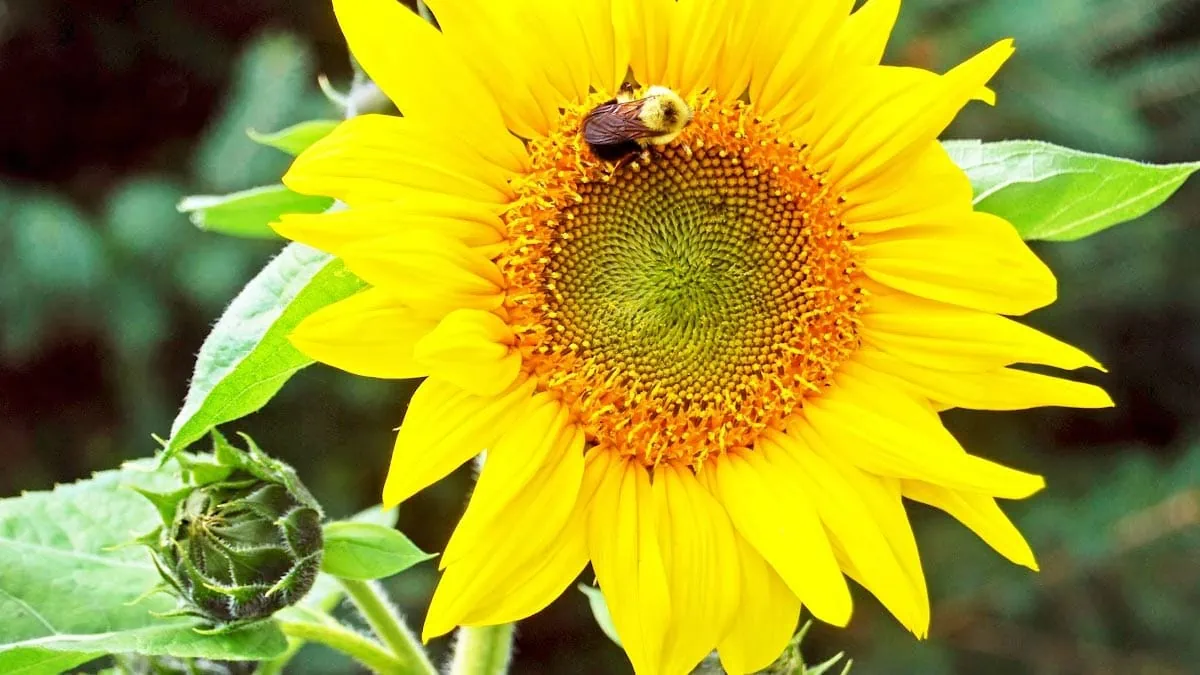
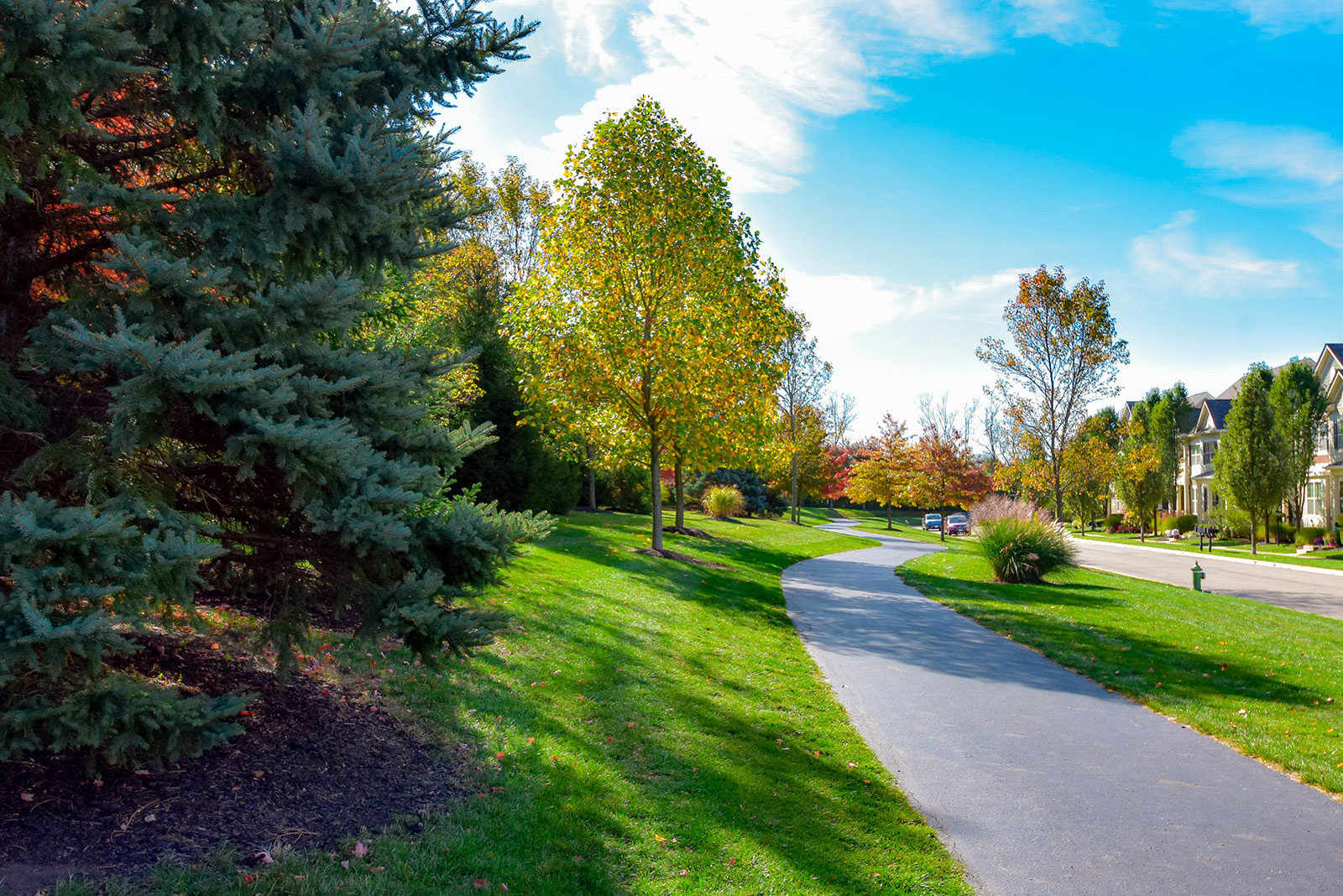
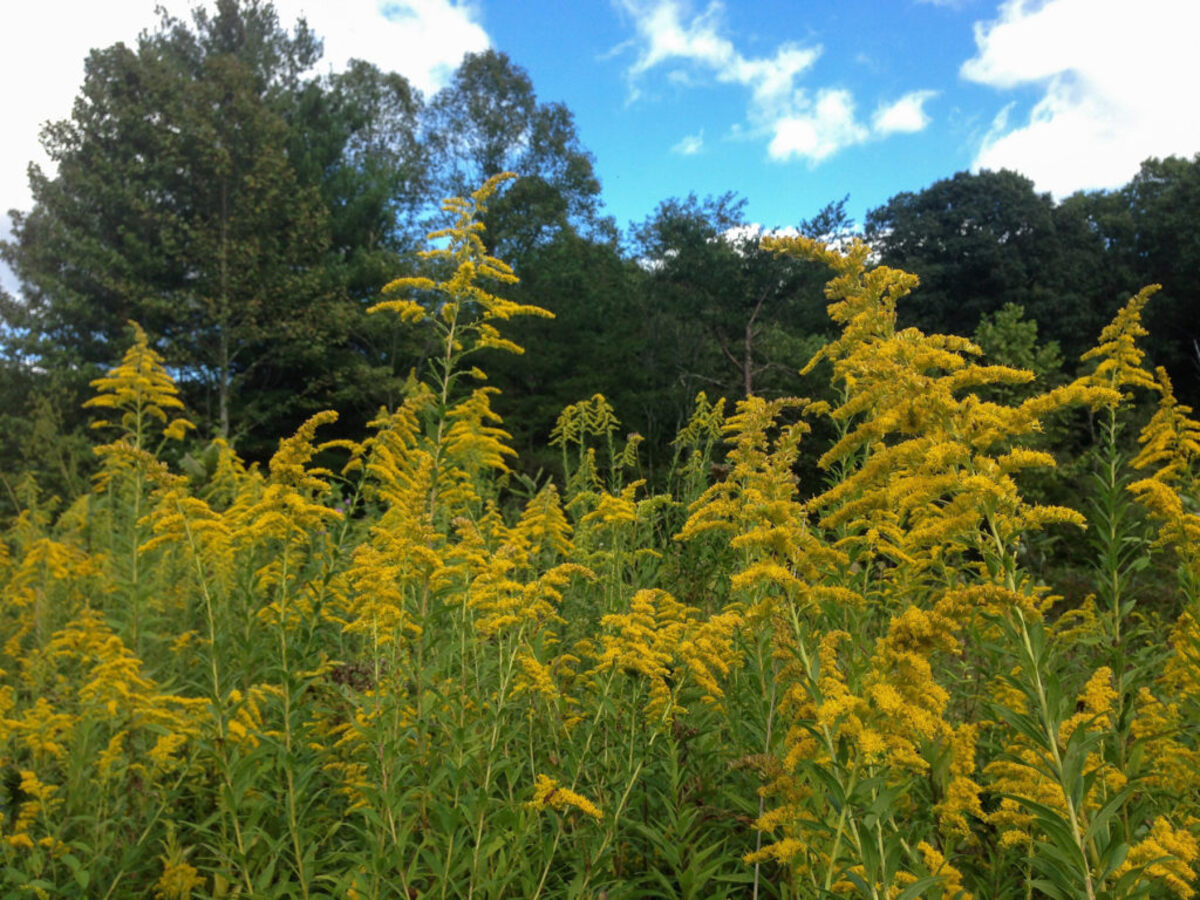
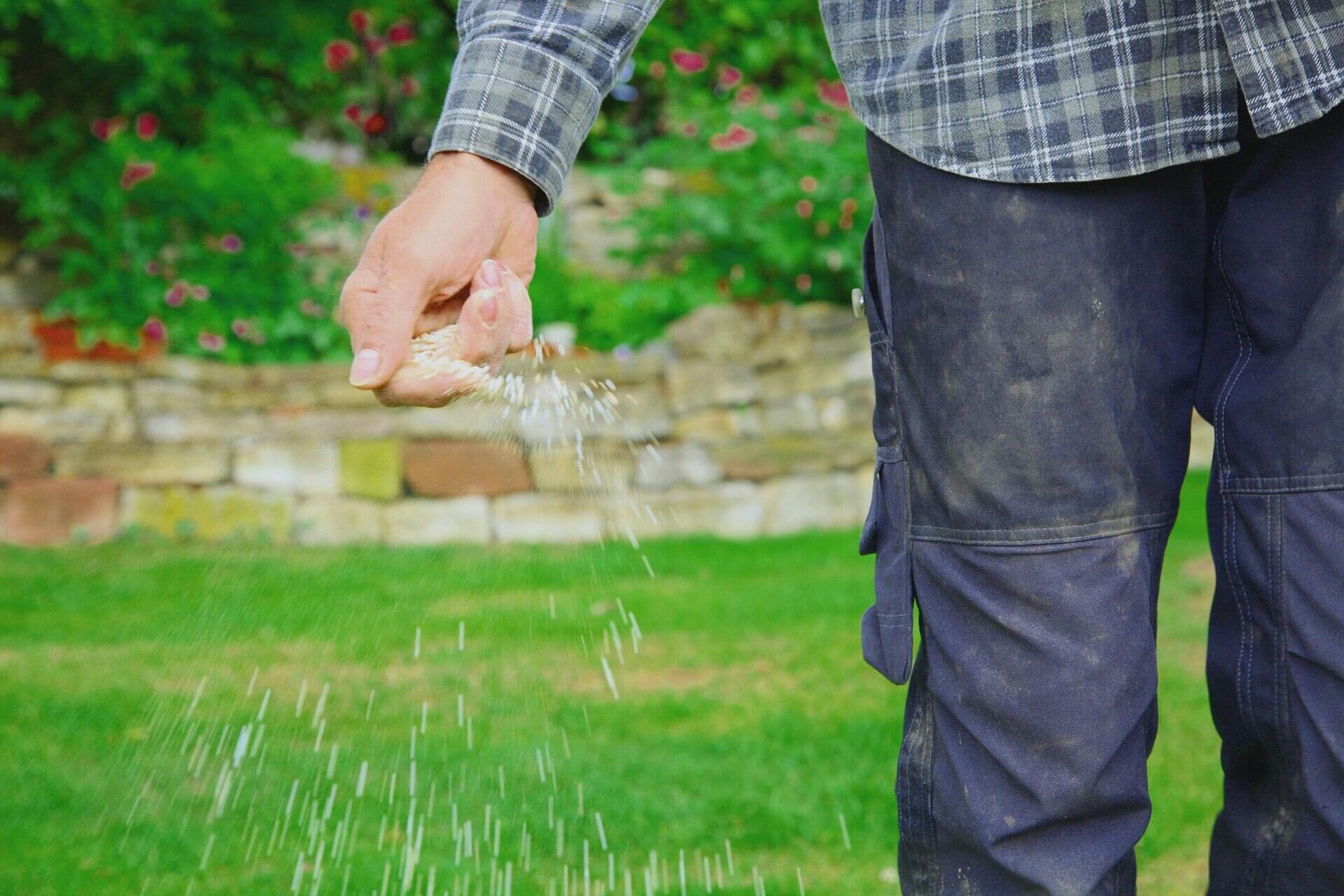


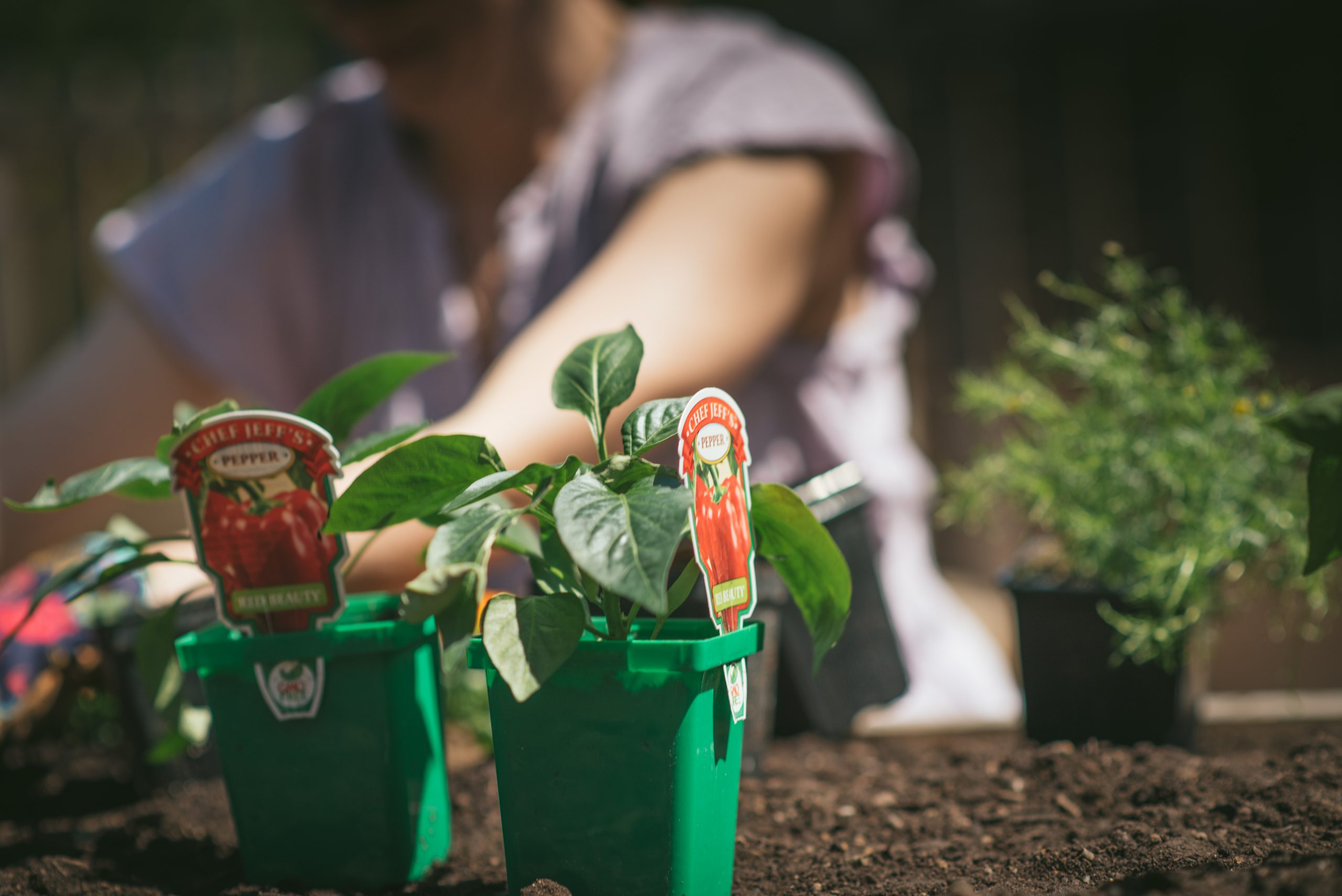
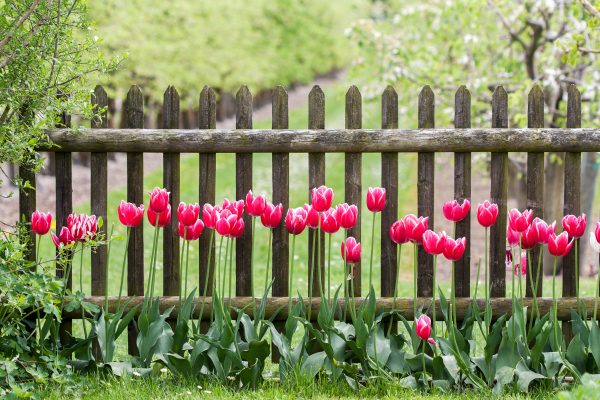
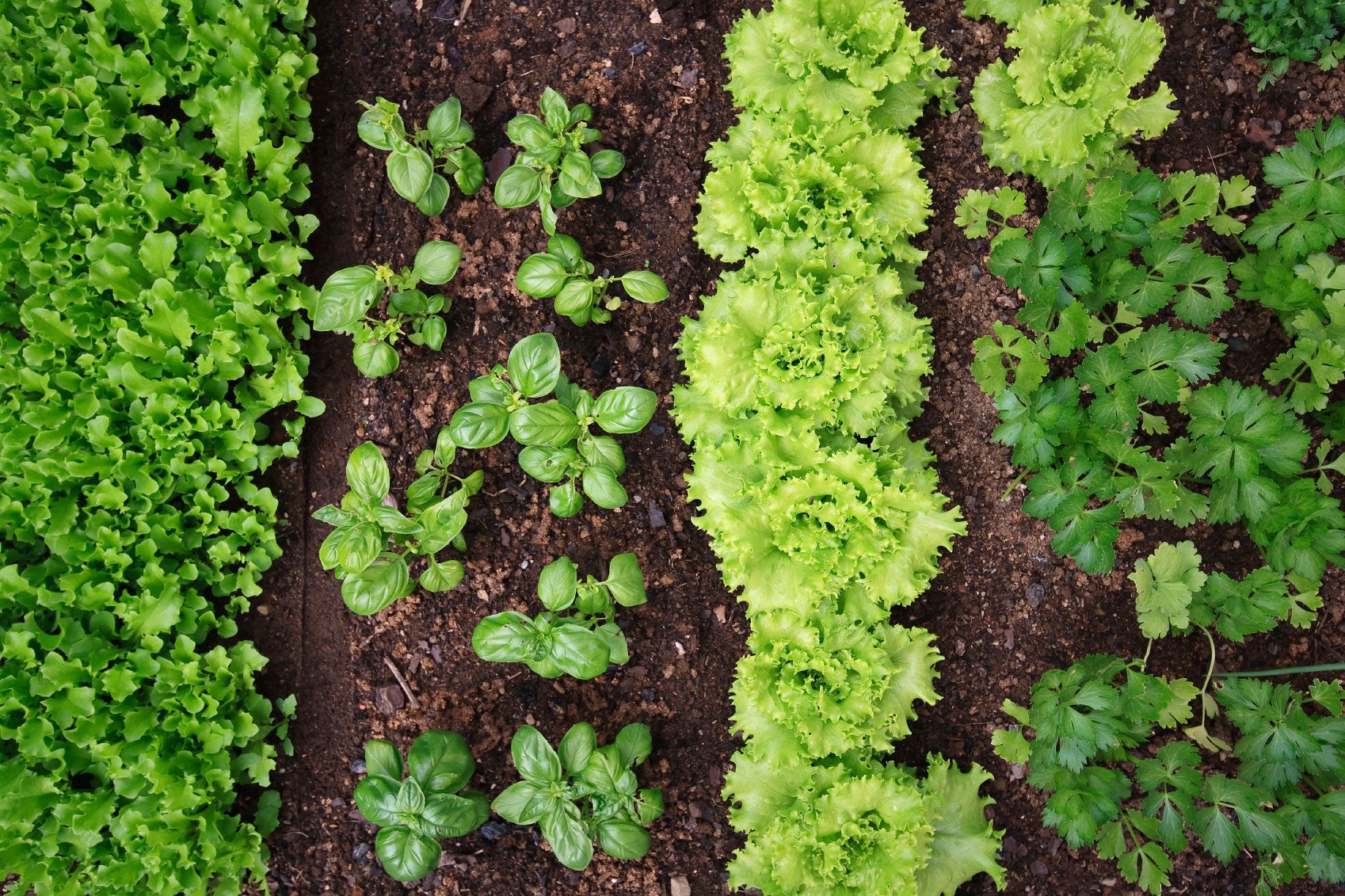
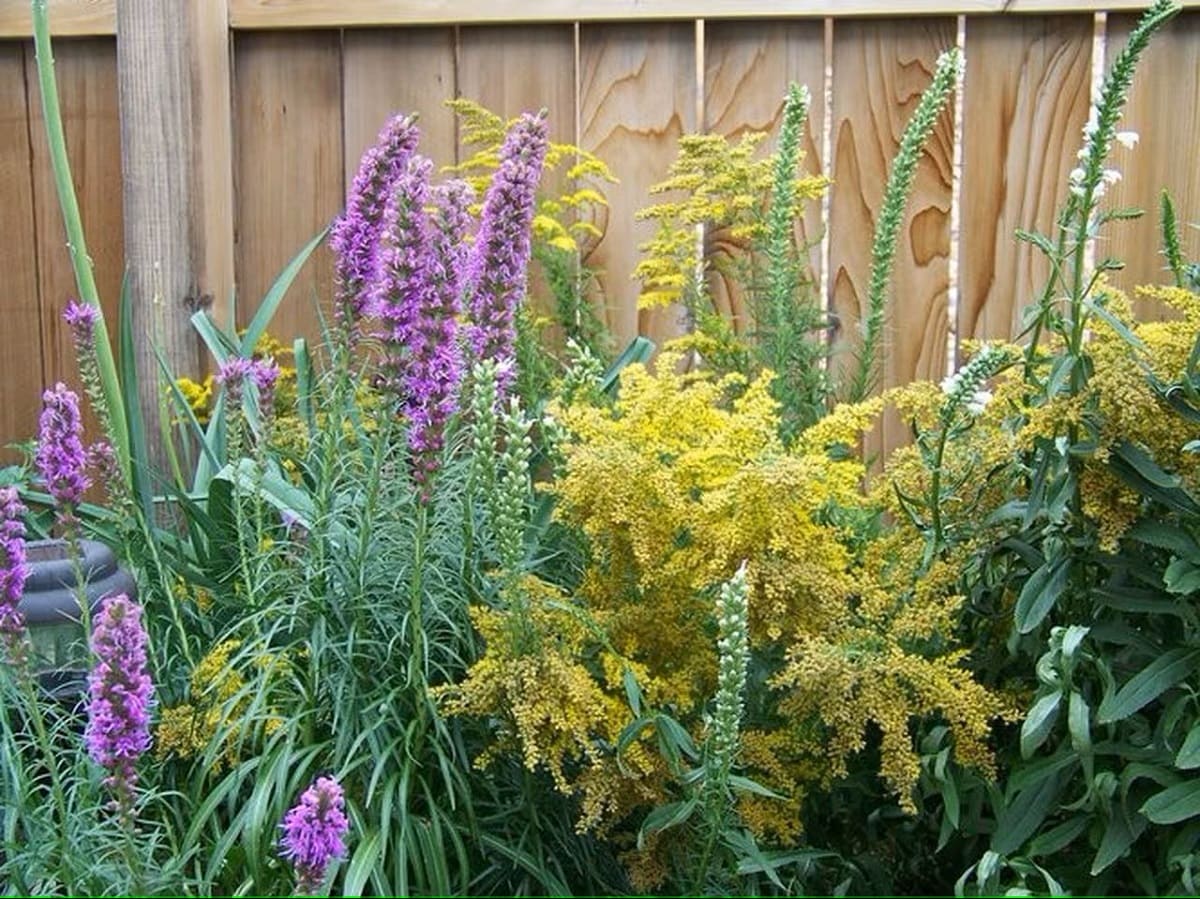


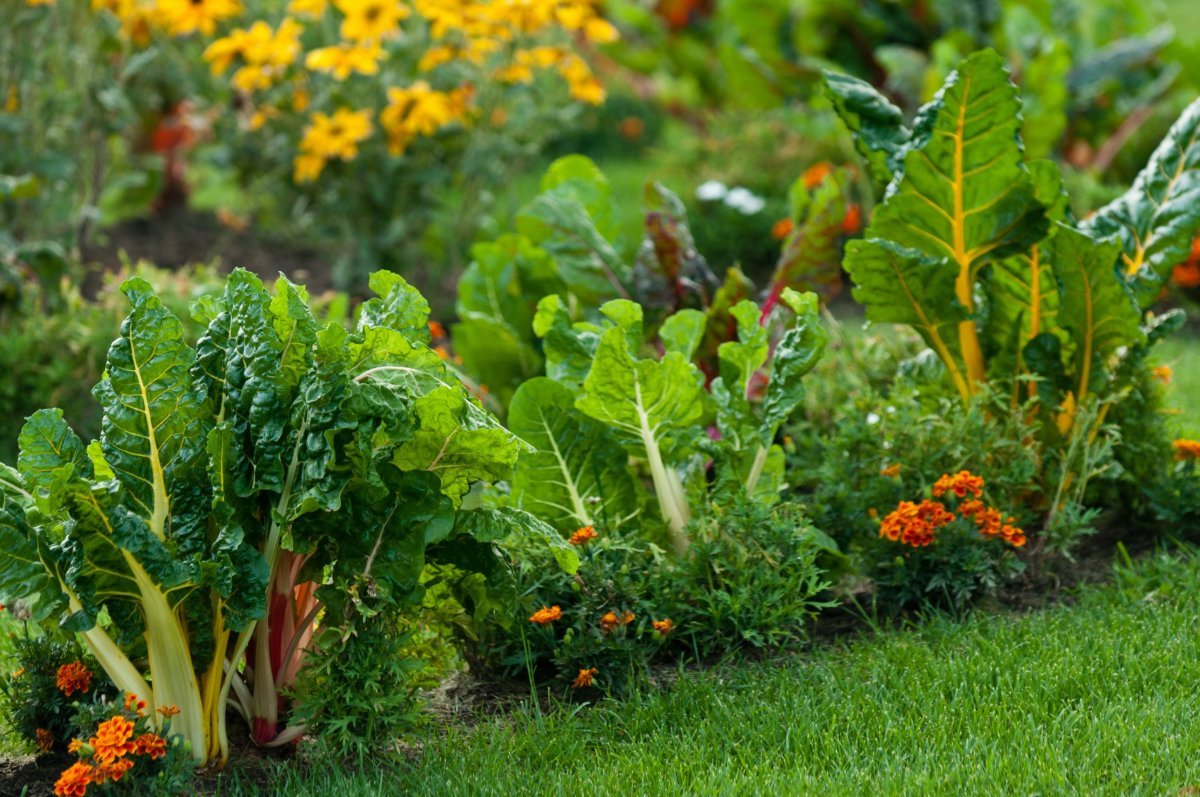

0 thoughts on “When To Plant A Garden In Ohio”